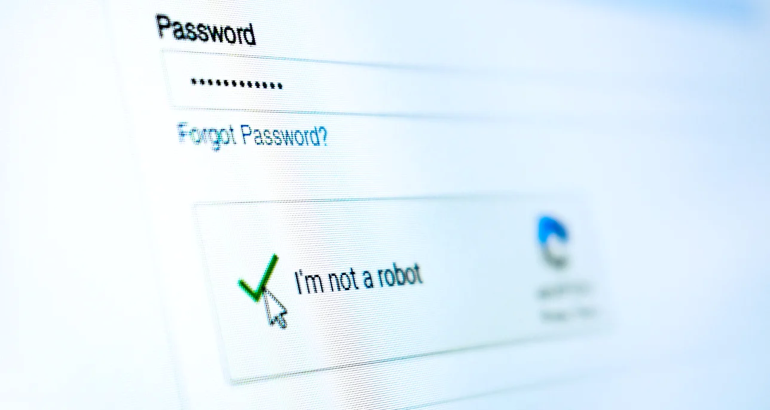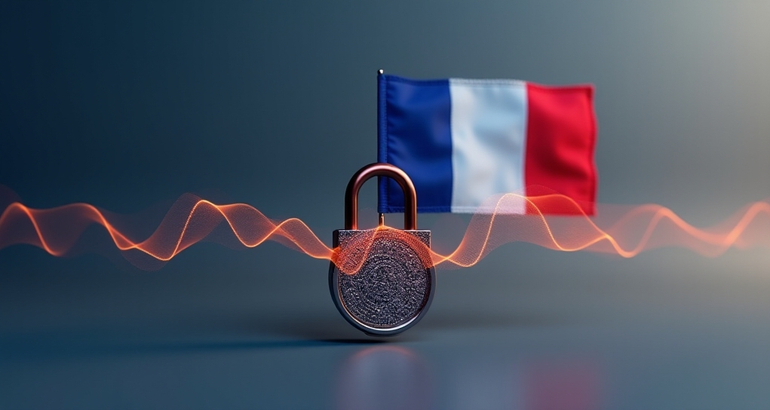CAPTCHA: Everything You Need to Know

- Online threats





Overview
CAPTCHA, short for 'Completely Automated Public Turing test to tell Computers and Humans Apart,' is a technology used for verifying user identities. The purpose of CAPTCHA is to prevent bots or malicious software from mimicking human behavior, thereby protecting websites and online services from attacks or abuse.
Contents
Types of CAPTCHA
CAPTCHA comes in various types, with some common ones being:
① Text-based CAPTCHA
It requires users to enter a set of distorted or blurred letters or numbers or recognize text within an image. This type of CAPTCHA relies on human text recognition ability, making it difficult for bots to imitate.
② Image CAPTCHA
Users must select images that meet specific criteria from a group of pictures, such as animals, food, or vehicles. Image CAPTCHAs rely on human image comprehension, making them challenging for bots to differentiate.
③ Logic-based CAPTCHA
Users need to answer a simple question, such as a math problem, common knowledge question, or riddle. This type of CAPTCHA leverages human logical thinking, which bots find difficult to solve.
④ Action CAPTCHA
Users are required to perform a specific action, such as dragging a slider, rotating an image, clicking a button, etc. This CAPTCHA tests human manual dexterity, which is challenging for bots to mimic.
How CAPTCHA Works
The generation and operation of CAPTCHA depend on its type, but generally follow these steps:
① When a user visits a website or service that requires identity verification, the server generates a random CAPTCHA and sends it to the user.
② Users provide the correct answer or perform the required action and send it back to the server.
③ The server assesses the user's response based on predetermined rules or algorithms and provides corresponding feedback.
④ If the user's response is correct, the server allows access to the website or service. If the user's response is incorrect, the server may request the user to retry, choose another answer, or deny access.
The Role of CAPTCHA
CAPTCHA serves several primary purposes:
① Preventing Spam
By verifying whether users are real humans, CAPTCHA helps prevent bots from sending spam to websites or email accounts.
② Defending Against Cyberattacks
CAPTCHA safeguards against activities such as Distributed Denial of Service (DDoS) attacks and brute force attacks by verifying user legitimacy.
③ Thwarting Data Scraping
By verifying users' authorization, CAPTCHA prevents bots from scraping sensitive data or content from websites.
④ Halting Ticket Scalping
CAPTCHA ensures that only legitimate buyers can purchase limited-ticket resources or goods, preventing scalping by bots.
Is Using CAPTCHA Secure?
While CAPTCHA can enhance the security of websites and online services, it is not foolproof. Some advanced bots can use technologies like image recognition , natural language processing , deep learning , etc., to bypass or crack certain simple or outdated CAPTCHAs. Moreover, some hackers may employ low-cost human labor , known as a ' CAPTCHA farm ,' to manually input or select CAPTCHA answers, deceiving servers.
Hence, using CAPTCHA does not guarantee absolute user security. It should be complemented by other security measures, such as using strong passwords, enabling two-factor authentication, employing secure network connections, etc. When it comes to online threats , it's recommended to use MetroVPN . MetroVPN is a professional VPN service that helps users hide their real IP addresses, encrypt network traffic, protect against monitoring or tracking, access blocked or restricted websites or services, and enjoy a faster and more stable online experience.






